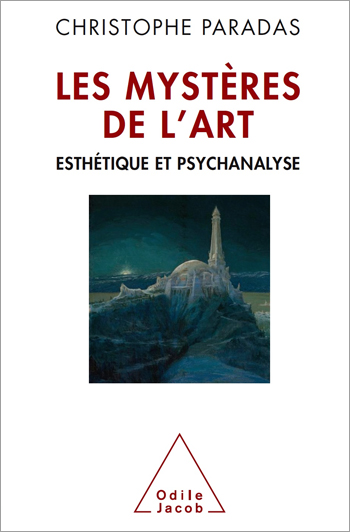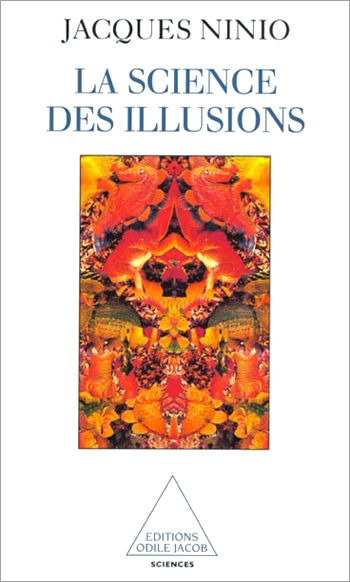Arts All books

Anca Visdei
A Biography of Alberto Giacometti
A fascinating narrative that recounts the life of a major artist and his relationship with his work and with creation, in which relationships with those close to him, notably with his mother, played an important role.

Monique Sicard
The Making of the Image
It was during the Renaissance that images and pictures were first used by anatomists, microscopists, and astronomers as scientific tools. In that era, scientific images served as a kind of inventory of the known world. In the 19th century, the popularization of scientific ideas gave science a new vigor. Photographic images gave science a new reality, explaining and legitimizing scientific concepts--movement, for example--to a fascinated public. In our days, the scientific image is often a construction--helping us to represent objects and ideas that, like fractals or black holes, cannot be defined through actual observation. Monique Sicard is Projects Director at CNRS Images Média.

Alain Séguy-Duclot
Defining Art
The general consensus is that art is impossible to define and that the evaluation of works of art is always subjective. Countering these affirmations, Alain Séguy-Duclot shows in this work that art can, in fact, be defined. Duchamp's readymades (industrial objects in series, snow shovels, wine racks, etc) constitute a point of departure for this reflection. He argues that, rather than showing that art was undefinable, the readymades proved that art was definable. It is this that Séguy-Duclot sets out to prove in this incisive and passionate work. Alain Séguy-Duclot is a philosopher, and a professor at the University of Tours.

Alessandro Pignocchi
Art and Intention
The latest scientific research reveals how we perceive and judge works of art

Christophe Paradas
The Mysteries of creativity Psychoanalysis and aesthetic
A reflection on the mystery of creativity and on why art can be so disturbing

Anka Muhlstein
Pens and Brushes The influence of art on the 19th-century novel
A meticulous account which goes back to the source of the great classical authors' fascination for painting.

Jean-Baptiste Jeangène Vilmer, Céline Jurgensen
Nuclear Imaginaries
A cross-sectional approach: from the curious to the specialist, all audiences will find food for thought here. From fiction (cartoons, cinema…) to the military perspective, and including literary references, a great variety of subjects are broached.









